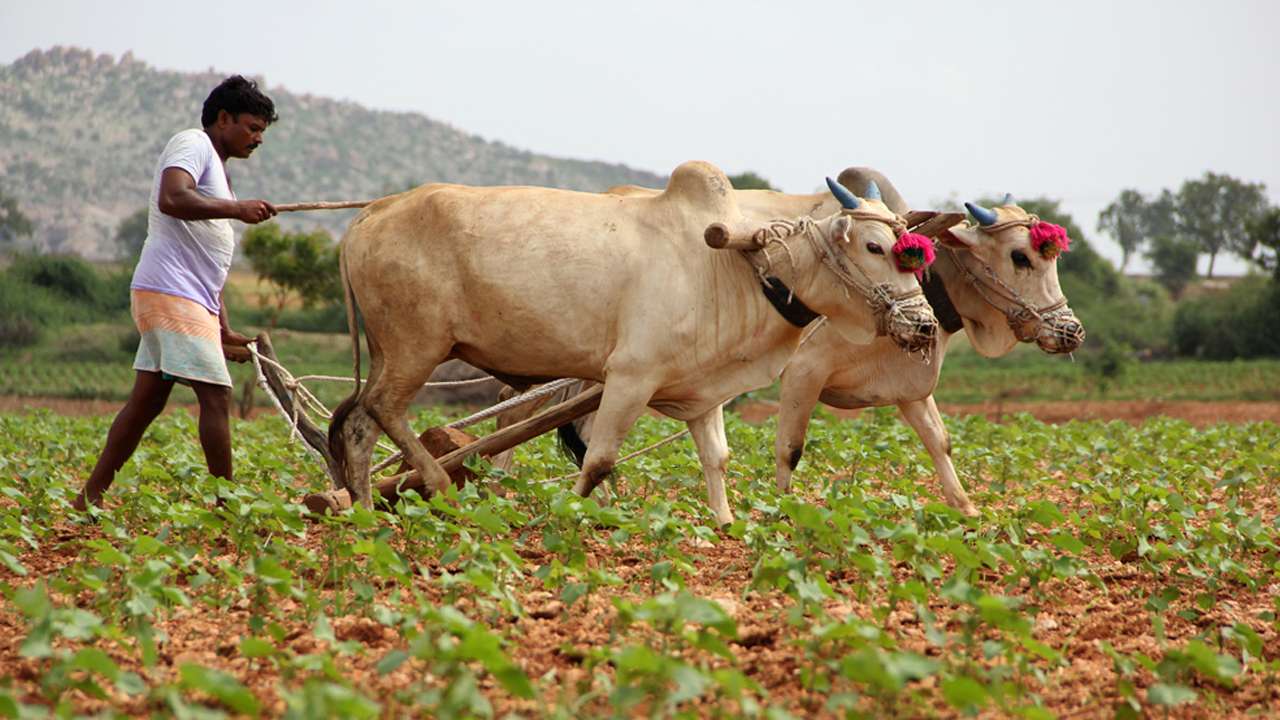DNA Edit: MSP Not Helpful - Calculations do not do justice to farmers’ efforts

Farmer
The government hiking minimum support price (MSP) for Rabi crops by 1.5 times of the production costs, as per the Swaminathan Commission recommendations, fails to take cognisance of the fact that it is depriving the farmer of his genuine dues.
The Centre appears to have overlooked the ground realities, which show a remarkable hike in input costs — be it the runaway prices of diesel, or the steep hike in prices of fertilisers. However, by keeping the input costs deliberately low on paper, the Commission for Agricultural Costs and Prices (CACP) in the Agriculture Ministry has also artificially brought down the quantum of rise in MSP.
On top of that it has sidestepped other factors such as the imputed cost of capital and the rent on the land. With consumer price inflation to average 4.9 per cent in FY 2018, one can do the math to figure out what windfall the farmer will reap.
So, in a nutshell, the so-called hike falls far short of an honest calculation of MSP that could have saved/protected the farmer from destitution. Having one MSP for one crop for the entire country is a deeply flawed assumption that fails to consider several key factors.
The soil quality of a region coupled with the water table determine what amount of resources a tiller has to mobilise for a decent output. Let’s take water table into consideration. There has been a substantial drop in India’s water table, which has led to an acute shortage.
According to government data, the drop in average annual per capita water availability had been 15 per cent between 2001-2011. It’s predicted to fall another 13 per cent by 2025 and 15 per cent again by 2050, which means that in another 30 years each Indian household will have about 1.1 million litres of water per year, down from 1.8 million litres in 2011. According to the Central Ground Water Board (CGWB), thousands of wells have gone dry, with Tamil Nadu and Punjab followed by Kerala, Andhra Pradesh, and Uttar Pradesh in the throes of water crisis.
A study reveals that out of 6,600 units — blocks, mandals, talukas — assessed in December 2015, 1,071 in 16 states and two in Union Territories were declared “over-exploited”, which means 100 per cent of groundwater had been drawn, with little chance of recharge.
The farmers in these areas have to depend on rainwater for agriculture. In other areas, the groundwater table is so depleted, that the tiller has to dig further into the ground to find water and the pumps will be working longer and consuming more diesel.
The irony is the government has consistently failed to understand the nuances of pricing. The writing is on the wall: Farmers in the country are angry with the government. Bankruptcy or indebtedness and farming-related issues are reported to be major causes of suicides among farmers and yet agriculture is one of the biggest employers in the country. With assembly and Lok Sabha polls around the corner, the government appears reluctant to take the bull by the horns.





























